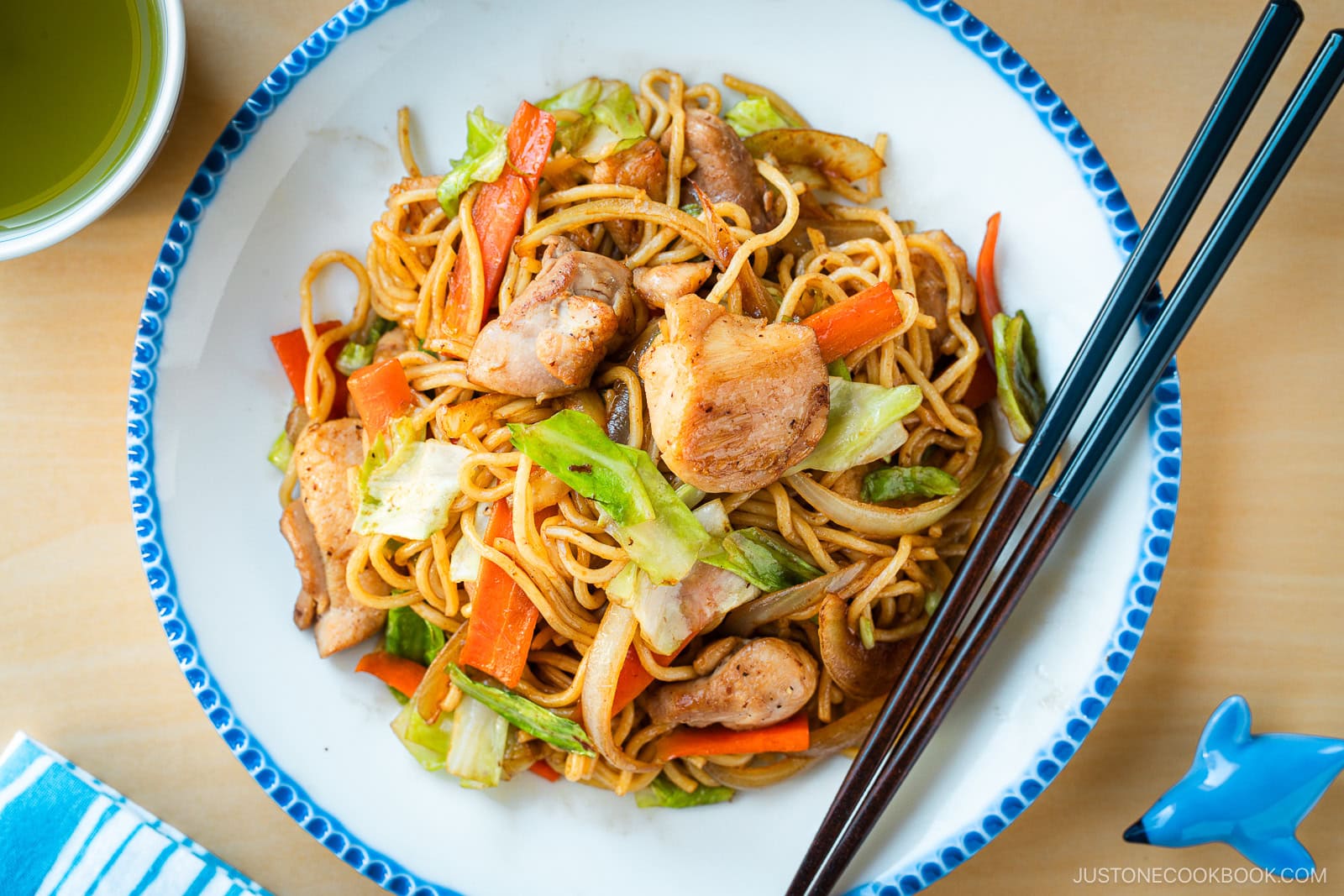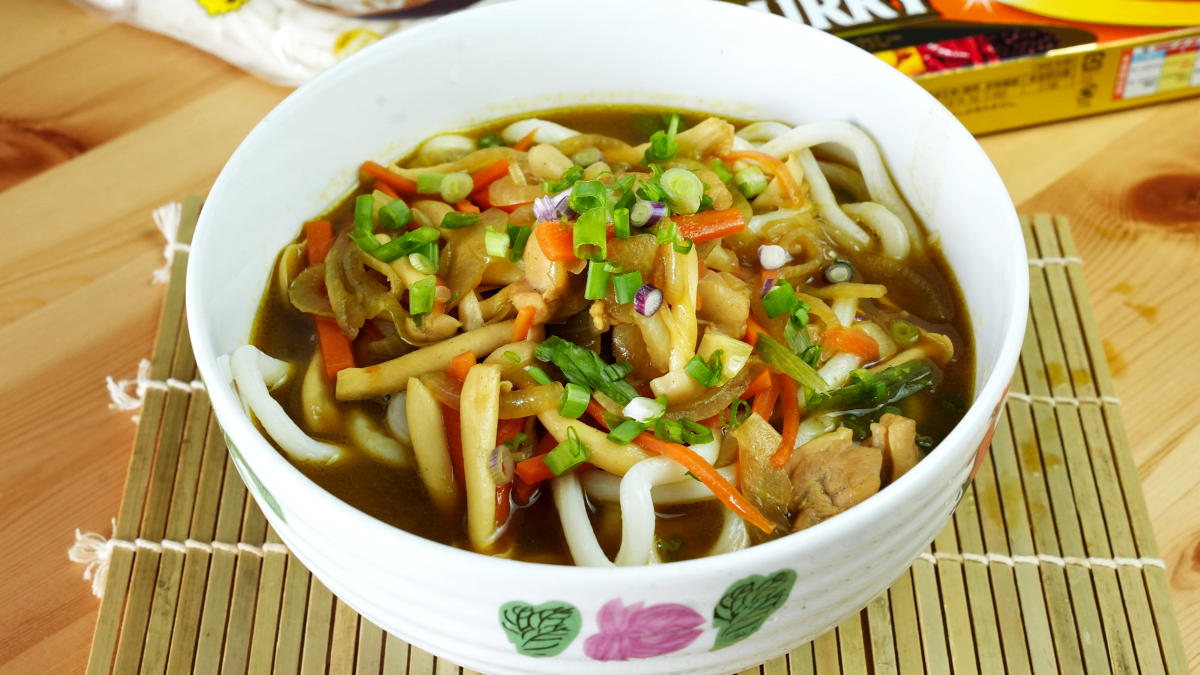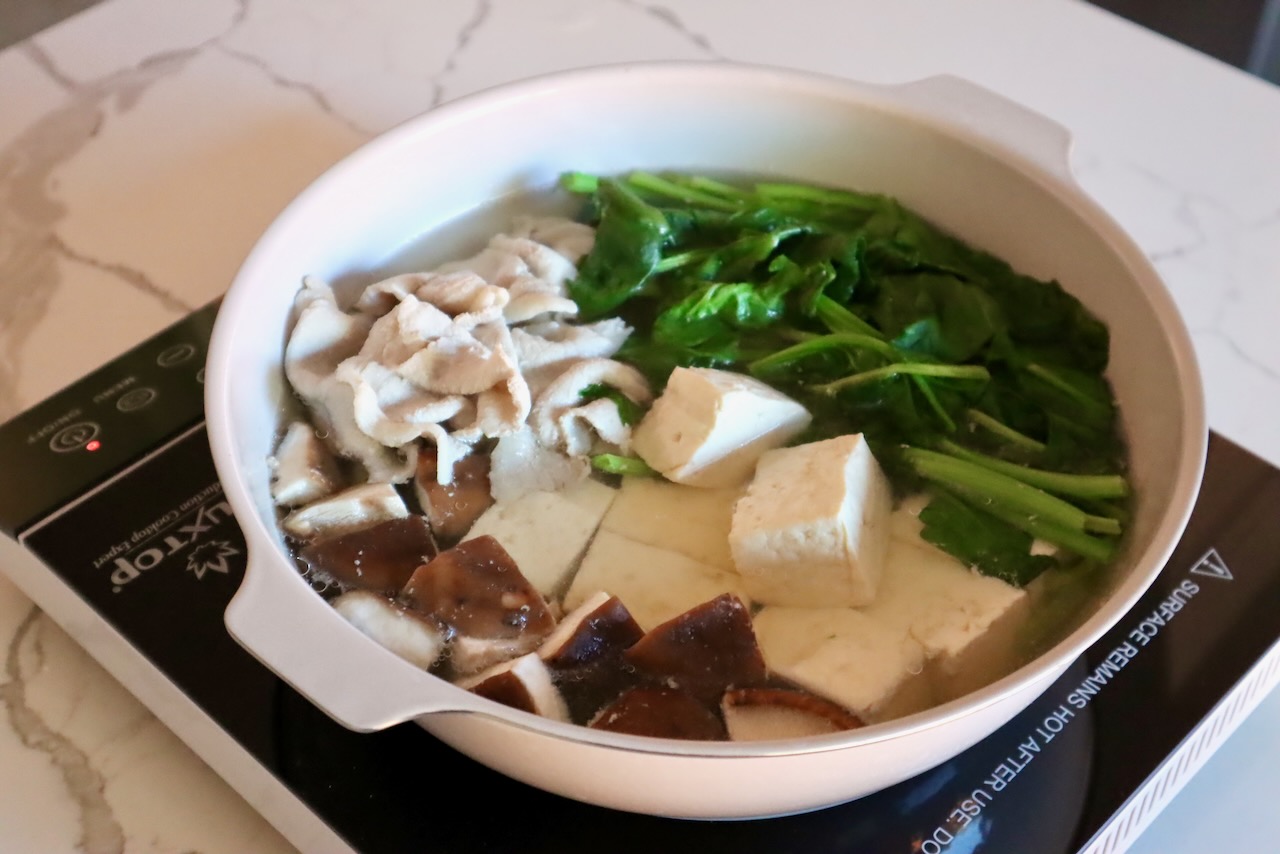Japanese green tea is the iconic beverage of Japan, enjoyed for over 1,000 years. In this article, you’ll discover popular varieties, health benefits, and tips for selecting the perfect tea to brew a delicious cup at home.
Japanese green tea (緑茶) is an essential part of daily life in Japan, and for good reason. This centuries-old beverage is cherished as a soothing drink and a cornerstone of wellness and culture. In this article, you will learn about popular varieties, health benefits, how to select the best tea, and where to purchase it for yourself or the tea lover in your life.
For step-by-step instructions on preparing the perfect cup, be sure to read our guide on how to make Japanese green tea!
If you prefer matcha, don’t miss our popular Matcha Latte or Iced Matcha Latte recipes!
The Arrival of Green Tea in Japan
Green tea was first introduced to Japan over a millennium ago by Buddhist monks returning from China. Initially, it was enjoyed exclusively by the religious classes, but it soon gained popularity among the royal court and the elite.
In the 12th century, a Zen priest named Myōan Eisai authored a book titled Kissayōjōki (喫茶養生記), which detailed the cultivation, preparation, and health benefits of green tea. This work played a significant role in spreading tea culture throughout Japan, making green tea a vital part of daily life across all social classes.
Popular Varieties of Japanese Green Tea
In Japan, green tea is commonly referred to as o-cha. However, the term for all types of green tea is ryokucha (緑茶, りょくちゃ), where ryoku means “green” and cha means “tea.”
Japan produces several distinct types of tea, each characterized by unique preparations and flavors. Here are some of the most popular varieties:
Sencha (煎茶)
- The standard type of Japanese green tea
- Grown in full sun
- Features thinner, delicate leaves from the upper shoots of the tea plant
- Offers a refreshing, sharp, and bright vegetal flavor
- Most widely consumed; ideal for daily drinking
Gyokuro (玉露)
- The most prized variety, known for its exceptional quality, flavor, and aroma
- Grown in shade for 20-30 days before harvest
- Composed of tender new shoots of the tea plant
- Offers a sweeter, richer flavor with deep umami notes
- Exhibits a dark blue-green color
- Contains the highest caffeine content of any variety
Genmaicha (玄米茶)
- A blend of green tea and toasted, puffed brown rice
- Features a warm and nutty flavor, reminiscent of popcorn
- Contains somewhat lower caffeine levels
Hōjicha (ほうじ茶)
- Roasted green tea
- Grown in the sun and harvested later in the season
- Composed of stems and mature leaves closer to the stalk
- Exhibits a reddish-brown color
- Offers a mild, caramelized, and earthy taste with a roasted aroma
- Contains less caffeine; a popular choice for evening consumption
Matcha (抹茶)
- Fine green tea powder, typically stone-ground
- Retains all the nutrients of the tea leaf
- Traditionally enjoyed in formal Japanese tea ceremonies
- Popular in lattes, smoothies, desserts, and sweets
To learn more about the different types of Japanese green tea and matcha (green tea powder) and how it differs from black tea, oolong tea, and other Chinese green teas, continue exploring!
Japanese Green Tea and Caffeine
The caffeine content in Japanese green tea varies depending on the variety and preparation method. Gyokuro has the highest caffeine content, even surpassing matcha. Sencha contains less, while hojicha and genmaicha have the least. For evening consumption, we recommend hojicha and genmaicha.
How to Select the Best Green Tea
When selecting tea, consider factors such as region, producer, freshness, and aroma.
- Region: Check the packaging for the harvesting location. Notable tea regions in Japan include Uji, Shizuoka, Kagoshima, Ise, and Miyazaki, known for their long-standing traditions of tea cultivation in optimal conditions.
- Country of origin: Ensure it is grown in Japan for authentic Japanese green tea.
- Producer: Seek reputable producers or suppliers who prioritize ethical farming practices and possess expertise in tea cultivation, processing, and preparation. We share our favorite brands below.
- Freshness: Look for the packaging and best by dates. To enjoy the best flavor and aroma, consume within one month of opening. Generally, it’s best to enjoy green tea within six months of packaging.
- Color and aroma: Assess its appearance and fragrance. Quality tea should be fresh, aromatic, and vibrant in color, indicating proper storage and shipping.
- Loose leaf: Opt for loose tea leaves over tea bags for a more authentic taste and higher quality.
Our Favorite Japanese Tea Brands
Japan boasts numerous tea producers and retailers, making high-quality green tea easily accessible in specialty tea shops. Here are our favorite suppliers outside of Japan:
- Ippodo: This family-run Japanese tea company, established in 1717 in Kyoto, sources its teas from the mountains of Kyoto and surrounding areas, renowned for producing Japan’s finest green tea. Ippodo ships internationally, and their products can also be found on popular online marketplaces.
- Japanese Green Tea Co.: Another respected brand, it sources teas from various regions of Japan, utilizing ancient farming methods and deep steaming technology.
Elevate Your Tea-Drinking Ritual
Enjoying green tea is a daily ritual centered around mindfulness, relaxation, and connection. To experience green tea at home the Japanese way, consider using traditional Japanese teapots and tea cups for an authentic touch.
Our online store, JOC Goods, offers a collection of teaware, including handmade Tokoname ware teapots and cherry bark tea caddies. These pieces will enhance your tea-drinking sessions, allowing you to create special moments and savor each sip.
Health Benefits of Japanese Green Tea
Green tea is renowned for its numerous health benefits. As one of the least processed teas, its minimal oxidation preserves fresh, natural flavors and bioactive compounds.
- Rich in antioxidants: Green tea is loaded with antioxidants and compounds such as polyphenols, catechins, and flavonoids. These potent anti-aging agents combat free radicals and protect cells from damage.
- Supports heart health: A study published in the Journal of the American College of Nutrition found that individuals who consumed five or more cups of green tea daily were less likely to develop hypertension or cardiovascular disease.
- Promotes brain health: Flavonoids in green tea may help protect neurons. Additionally, green tea contains L-theanine, an amino acid that enhances brain function and focus in conjunction with caffeine.
- Supports strong bones: Research from the University of Hong Kong indicates that three key components in green tea—epigallocatechin (EGC), gallocatechin (GC), and gallocatechin gallate (GCG)—can stimulate bone formation and slow its breakdown.
- Encourages relaxation: A study published in Trends in Food Science & Technology suggests that L-theanine has a calming effect on the brain. With less caffeine than coffee, green tea is an excellent alternative for boosting alertness without the jitters.
Other Potential Benefits
- May reduce inflammation: Some studies suggest that green tea may help alleviate arthritis inflammation and slow cartilage degradation.
- May lower diabetes risk: Its flavonoids and anti-inflammatory properties may assist in regulating blood sugar levels.
- May aid digestion: Green tea may facilitate digestion, especially after a heavy meal.
To maximize the benefits of green tea, consider adding a squeeze of lemon juice. The vitamin C in citrus enhances your body’s absorption of catechins.
Frequently Asked Questions
Most experts recommend consuming about 3–4 cups of green tea each day to reap the most benefits. If you’re new to green tea, start with one cup in the morning after breakfast and another in the afternoon after lunch.
In Japan, green tea is deeply woven into daily life, and consumption varies based on personal habits, region, and lifestyle. On average, many Japanese individuals drink between 2 to 5 cups of green tea daily.
While green tea is generally safe and beneficial for most people, consider the following:
Caffeine sensitivity: Green tea contains caffeine, so if you’re sensitive, you may want to limit your intake or opt for decaffeinated options.
Iron absorption: The tannins in green tea can inhibit iron absorption from plant-based foods, so it’s best to consume it between meals rather than with iron-rich foods.
Stomach sensitivity: Drinking green tea on an empty stomach may cause mild irritation for some individuals.
*We recommend practicing moderation and consulting medical professionals if you have any concerns.





